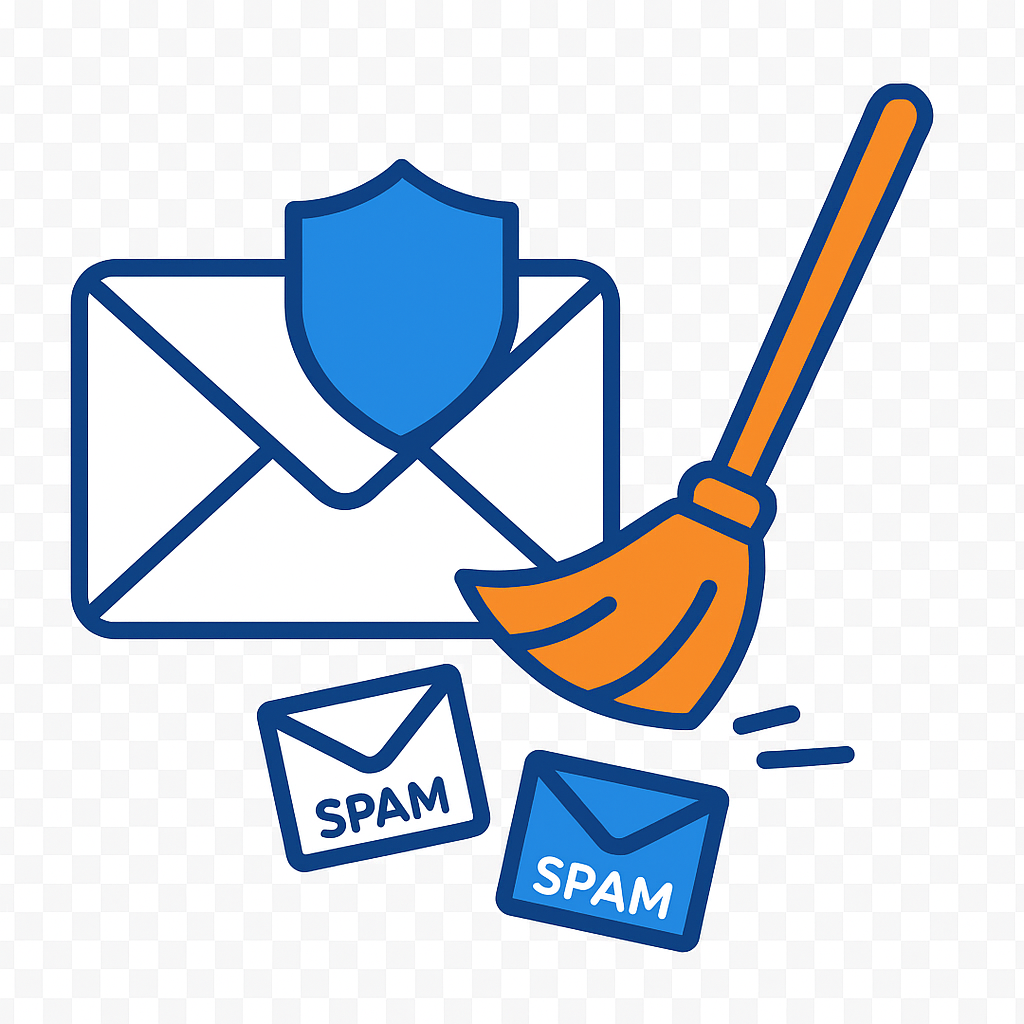In a digital landscape overflowing with newsletters, promotional blasts, phishing attempts, and even outright scams, maintaining a clean, organized inbox can feel like an uphill battle. Yet, for many of us, email remains the central hub of personal and professional communication. Enter disposable email addresses—a simple but powerful tool to protect your primary mailbox and achieve inbox zero. Below, we’ll explore practical strategies, from choosing the right temporary email service to integrating disposable addresses seamlessly into your daily routine.
1. Why Your Inbox Deserves a Bodyguard
Think of your primary email as the front door to your digital life: personal messages, company updates, bills, and sensitive documents all flow through it. Every time you sign up for a trial or download a “free” resource, you’re handing out the key—sometimes permanently. Using disposable addresses means:
Segmentation: Keep transactional and one-off messages out of your main view.
Reduced Attack Surface: Prevent unknown sites from linking data back to your real address.
Improved Filter Accuracy: By isolating spam yield to a separate channel, your main account’s spam filter learns more effectively.
2. Selecting a Temporary Email Provider
Not all disposable email services are created equal. Here’s what to consider:
| Feature | Why It Matters | Recommendation |
|---|---|---|
| Expiry Customization | Short-lived vs. multi-day lifespan | EyadMail.online’s 24–48 hour option |
| Alias Flexibility | Custom usernames for tracking registrations | Look for “alias management” |
| HTTPS & Encryption | Security of data in transit | Ensure SSL/TLS by default |
| Retention & Preview | How long messages are stored and viewable | Services with archive features |
| Domain Rotation | Avoid blacklist bans by target sites | Providers offering multiple domains |
By matching your workflow—whether you need a quick 10-minute email or a few-day inbox for codes—against these features, you ensure maximum convenience without sacrificing security.
3. Best Practices for Workflow Integration
a. Categorize Sign-Ups
One-Time Use: Quick trials, file downloads, single-page gated content → Use instant-generated emails.
Short-Term Subscriptions: Limited-period newsletters, event registrations → Select an address with a 48-hour lifespan.
b. Automate Whenever Possible
Browser Extensions: Tools like temp-mail Firefox or Chrome add-ons let you generate and auto-fill disposable addresses in one click.
API Hooks: For developers, EyadMail.online’s REST API can provision addresses programmatically and fetch incoming mail, streamlining QA and testing pipelines.
c. Track & Label
Unique Aliases: Use identifiable prefixes, e.g.,
amazon-deal@eyadtmail.onlinevs.newsletter@eyadtmail.online.Archive Key Info: Copy promo codes, links, or attachments to secure notes before expiration.
4. Common Pitfalls and How to Sidestep Them
Domain Blacklisting:
Problem: Major platforms block known disposable domains—your new email may flatten at registration.
Solution: Switch to services with rotating domains or purchase a custom domain alias for EyadMail.online.
Unavailable Replies:
Problem: Disposable addresses are typically receive-only. You can’t confirm double-opt-ins that require a response.
Solution: For two-way communication, maintain a backup permanent alias or delegated sub-address of your main domain.
Service Downtime:
Problem: Free providers may suffer outages or ads-injected interfaces.
Solution: Evaluate uptime SLAs, or host your own disposable domain with open-source tools if reliability is critical.
5. Maintaining Keyboard Control Over Your Inbox
Scheduled Cleanup: Even with disposable addresses, assign time weekly to purge old aliases and archived messages.
Unified Dashboard: Consider using an email client or extension that aggregates your temporary inboxes into one view, reducing context switching.
Final Thoughts
Disposable email addresses are the unsung heroes of digital hygiene, allowing you to enjoy the convenience of online services without the baggage of unwanted mail. By methodically choosing services, automating generation, and categorizing usage, you shield your primary inbox from spam overload. Start implementing these strategies today—your future self (and your productivity) will thank you!

